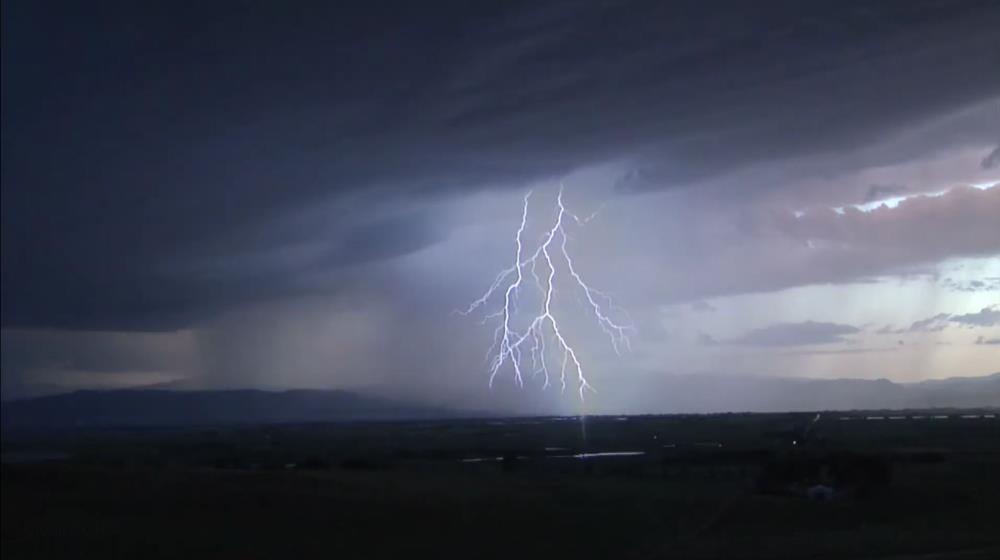
Related items loading ...
Section 1: Publication
Publication Type
Conference Poster
Authorship
Saraswati Saraswati, Van Cappellen Philippe
Title
Comparing soil organic matter hydrolysis under variable temperature and moisture levels with isothermal calorimetry
Year
2022
Publication Outlet
AOSM2022
DOI
ISBN
ISSN
Citation
Saraswati Saraswati, Philippe Van Cappellen (2022). Comparing soil organic matter hydrolysis under variable temperature and moisture levels with isothermal calorimetry . Proceedings of the GWF Annual Open Science Meeting, May 16-18, 2022.
Abstract
Soil microbial communities fulfil their energy requirements by producing enzymes to decompose soil organic matter (SOM). The catabolic reactions that enable the breakdown of SOM release energy used to drive anabolic (biosynthetic) reactions in the cells. In accordance to the Second Law of thermodynamics, net microbial metabolism, that is catabolism plus anabolism, must dissipate part of the energy generated as heat. Therefore, the precise measurement of the heat flow during the microbial processing of SOM soils can underpin process-based models of SOM degradation under various biogeochemical conditions. One precise tool to measure heat flows during reactions is isothermal calorimetry. With an isothermal calorimeter, the power-time curve can be acquired with extremely high precision (±20 µW). In turn, information on both kinetics (reaction rate) and thermodynamics (reaction enthalpy, Gibbs energy, and entropy) can be inferred from the power-time curve. However, so far only a few studies have used isothermal calorimetry to study SOM degradation in different ecosystems (e.g., wetlands, forest soils, permafrost zones, etc.). As a first step, we experimentally determined the optimum soil temperatures and moisture contents that yield the greatest heat flow during the hydrolytic decomposition of artificial organic and mineral soils. In the experiment, a calorimeter was used to record the heat flows during the reaction of SOM with different hydrolase enzymes (glucosidase, glucosaminidase, sulfatase), at five temperatures (15, 20, 25, 30, and 35 oC) and two moisture contents (35% and 65%). As expected, the organic soils exhibited significantly higher heat flows than mineral soils. The optimum temperatures for decomposition were all around 25 oC, irrespective of the moisture content. In this presentation, we will share our preliminary experimental results and discuss some of the implications in cold region peatlands impacted by climate change.
Plain Language Summary
Global warming increases air and soil temperatures in northern peatlands which impact soil biogeochemical processes and potentially accelerate soil organic matter decomposition in this critical cold region’s ecosystem. The increase in SOM decomposition is linked to increased carbon emissions to the atmosphere and changes in dissolved inorganic and organic carbon exports, which in turn affect surface water and groundwater quality. Therefore, the outcomes of the study will help to mitigate SOM decomposition from these northern wetlands - ultimately, improving water quality in wetlands..
Section 2: Additional Information
Program Affiliations
Project Affiliations
Submitters
|
Saraswati Saraswati | Submitter/Presenter | xsaraswa@uwatelroo.ca | University of Waterloo |
Publication Stage
N/A
Theme
Hydrology and Terrestrial Ecosystems
Presentation Format
poster presentation
Additional Information
AOSM2022 First Author: Saraswati Saraswati, Department of Earth and Environmental Sciences, University of Waterloo Additional Authors: Philippe Van Cappellen, Department of Earth and Environmental Sciences, University of Waterloo


 GWFNet
GWFNet Master
Master Data
Data Research
Research Map
Map
 Advanced
Advanced Tools
Tools
 . . .
. . .
 Metadata Editor
Metadata Editor
 Record List
Record List
 Alias List Editor
Alias List Editor
 Legacy sites
Legacy sites